By: Sean Wells
Training Cross Country or high school distance athlete there are some common training practices and common thoughts about what’s best.
The problem with the common or the standard training protocol is that it is going to produce common or average results. Those results are largely based on the persons incoming ability level.
Instead of limiting our training to what is commonly accepted in Cross Country. We focused on producing better than average results via two measurable approaches.
One, is to have the runners gain absolute strength and two, decrease ground contact time when running. An example of someone that we have worked with is Cole Rene. He attends a local high school and had seen limited results year after year. This year before Cross Country started we had a discussion concerning his results and his desire to run as fast as he possibly can.
To meet this goal, we planned to break out of the “common methods”. We worked to truly improve Cole’s athletic ability. The end result was marked improvement on all of Cole’s important Cross Country races.
Each athlete comes in with their own lagging/weaker areas (you could say imbalances). If targeted properly the lagging musclescan be brought up to par. (creating a better balance) and produce greater results, in this case, faster run times.
The weaknesses that we typically see are hamstrings, calves, and low back.
The same three areas were weaknesses for Cole as well. While many popular thoughts conclude that weight training will lead to increased body weight and subsequently a heavier/slower athlete, that isn’t the case here. While weight training can add mass, it doesn’t mean the athlete will be slower. The key is to add muscle that will create better balance and be useful, effective weight. The weight produces a stronger and faster runner. Cole has gained close to 15 pounds. He has greatly increased his strength and added weight to the weak areas of his body, thus creating a healthier athlete.
We did almost no additional running with Cole in either pre-season or in-season training. (Yes, we trained in season as well, detailed below).
Cole was running six days a week following the running program from his high school coach. Why weren’t we doing additional running for Cole to improve his times? Well, he has spent his entire life running and had only gotten so fast, so time was better spent elsewhere. The little running we did was performed to gauge his progress. Using a self powered treadmill (TRUEFORM Runner) and timing his runs, when we saw progress at certain distances (200,400,800m) we knew he would be faster in his races.
This “running” training was done every few weeks to ensure we were headed in the correct direction.
The training also provided positive feedback, instilling belief in Cole that he would confidently improve his race times. There was a great degree of trust placed in this process, from both Cole and his parents, since common expectations are that endurance athletes should run more, not less.
Why is training in season important you might ask?
If we spend 3 months getting strong only to quit training during season. Some of those gains will then be lost at the precise time he is wanting to run his fastest times. I discuss with parents and coaches from every sport, every season, do not stop doing what improved your child’s performance as the season begins. If we quit strength training in August and a State meet is in early November, there is a 3 month window to lose the progress that was made before the season started. The in-season time can be used to continue making progress and also maintaining the progress that has been made.
Comparison of Years:
| Year | 2016 | 2017 |
| Body Weight | 155 | 166 |
| Ash Creek Festival | 18:37 | 17:40 |
| George Fox Classic | 18:29 | 17:06 |
| Nike Portland | 18:12 | 17:18 |
| State Cross Country Meet | N/A | 16:59 |
These are not the fastest times out there by any means. We aren’t saying they are, but they show notable improvements, with an increase in body weight and consistent success.
Additionally, Cole has worked his tail off and continues do so heading into the 2018 track season. These accomplishments reflect his hard work, dedication and overall athletic improvement. Cole is attributing his success to both this specific sports performance program and his high school running coach.
If your son or daughter, would like to run faster, be stronger, and have less injuries please contact us. Let us help! Book a Free Consult Call today!
Thanks for checking out OC in Bend, Oregon. OC is Central Oregon’s premier Personal Training and Sports Performance gym in Bend, Oregon.

